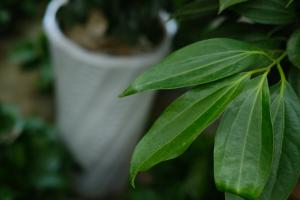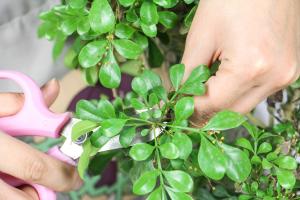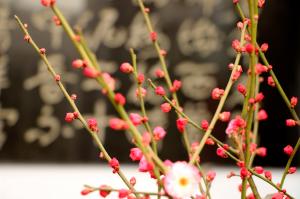How to Care for a Rubber Tree Plant Indoors
Having a rubber tree plant indoors is a great way to add some greenery to your living space while also purifying the air. Rubber tree plants are low maintenance, making them an ideal choice for busy plant parents. Here are some tips on how to care for your rubber tree plant indoors:
Light
Rubber tree plants prefer bright, indirect sunlight. Too much direct sunlight can scorch the leaves, while too little light can lead to droopy leaves and slowed growth. If you notice your rubber tree plant stretching towards the light, it may indicate that it needs more light. You can rotate the plant occasionally to ensure all parts of it receive equal sunlight.
Water
Overwatering is the most common mistake people make when caring for their rubber tree plant. The soil should be allowed to dry out slightly between waterings to prevent root rot. A good way to know whether your plant needs water is by sticking your finger a few inches into the soil. If it feels dry, it's time to water. If it still feels moist, wait a few more days before watering. Make sure the pot has drainage holes to prevent standing water.
Humidity
Rubber tree plants thrive in humid environments. If the air in your home is dry, you can use a humidifier to increase the humidity levels around your plant. Alternatively, you can place a tray of water near the plant or mist the leaves regularly to create a humid microclimate.
Fertilizer
During the growing season (spring and summer), you can fertilize your rubber tree plant every two weeks with a balanced, water-soluble fertilizer. Be careful not to over-fertilize as this can lead to burnt roots and damaged foliage.
Pruning
Pruning your rubber tree plant will help keep it in shape and promote bushier growth. You can remove any yellowed or damaged leaves and cut back any overgrown branches. Use clean, sharp scissors or pruning shears and make sure to sterilize them with rubbing alcohol after each cut to prevent the spread of disease.
Common Problems
If you notice your rubber tree plant's leaves turning yellow or falling off, it could be a sign of overwatering or underwatering. Check the soil moisture level and adjust your watering schedule accordingly. If the leaves are turning brown and crispy, it may indicate a lack of humidity. You can increase the humidity levels around the plant using the methods mentioned above. Pest infestations (such as spider mites or mealybugs) can also be a problem. Regularly inspect your plant and treat any infestations as soon as possible using natural remedies or insecticidal soap.
By following these tips, you can help your rubber tree plant thrive and enjoy the beauty it brings to your indoor space.

 how many times do yo...
how many times do yo... how many planted tre...
how many planted tre... how many pine trees ...
how many pine trees ... how many pecan trees...
how many pecan trees... how many plants comp...
how many plants comp... how many plants can ...
how many plants can ... how many plants and ...
how many plants and ... how many pepper plan...
how many pepper plan...





























